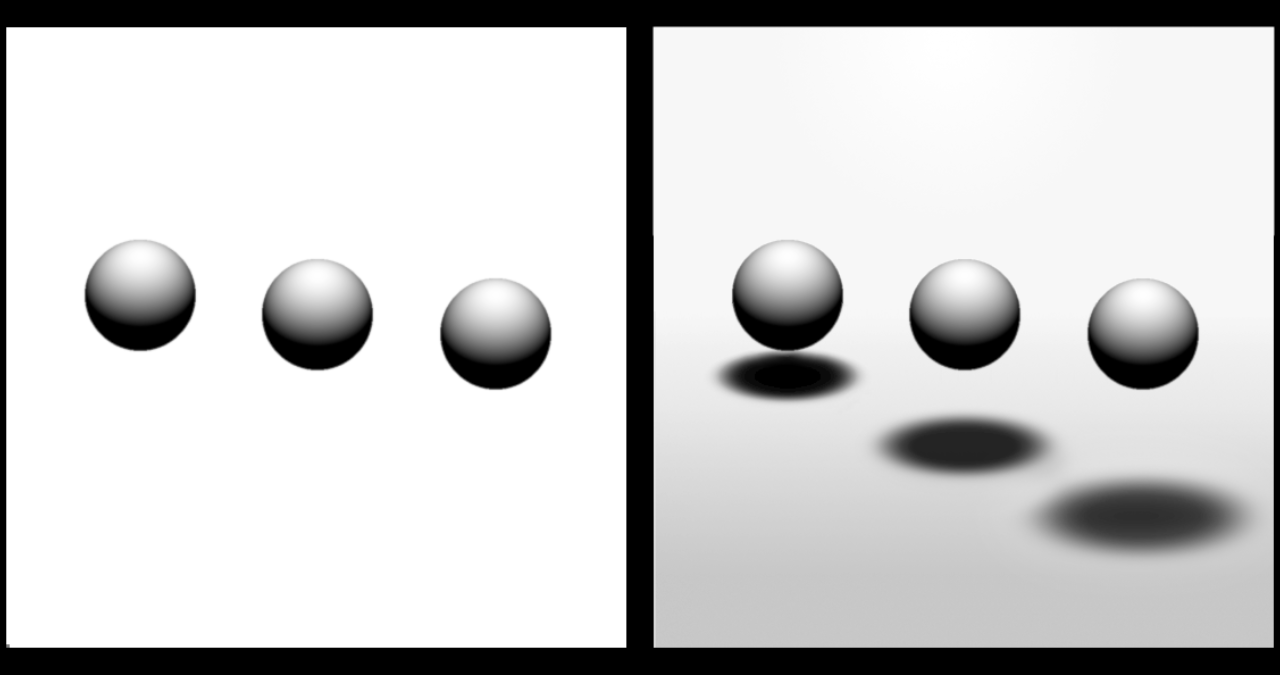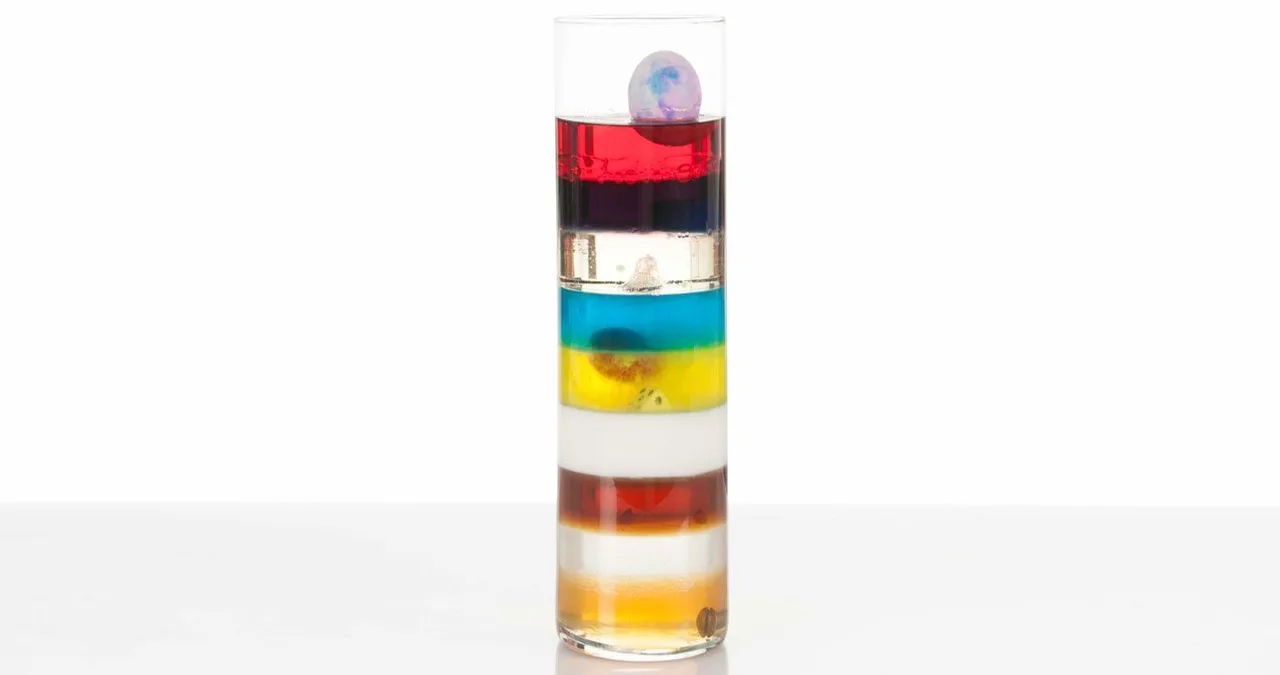Discover the power of monocular cues and how they help us perceive depth, distance, and 3D space using just one eye. Learn the types, examples, and real-world applications.
Introduction to Monocular Cues
Monocular cues are the tricks our brains use to judge depth and distance with the help of just one eye. It might sound surprising, but even if you close one eye, you can still get a pretty good idea of how far away something is, how tall or short it is, and even how it relates spatially to the things around it. That’s monocular cues at work.
We’re often told that we need both eyes to see in 3D, but the truth is that a lot of depth perception comes from cues that don’t require both eyes. These monocular cues are used constantly in daily life, whether we’re walking down a street, watching a movie, or even looking at a photograph. They’re a big part of how artists create realistic images and how technology like VR and AR makes digital environments feel real.
What Are Monocular Cues?
Monocular cues are depth cues that only require one eye to perceive the environment in three dimensions. These cues help us judge size, shape, distance, and depth. Our brain interprets these visual signals using experience, context, and the way light interacts with surfaces.
These cues are especially important because they allow for depth perception even when binocular vision (using both eyes) is not possible. For example, people with vision in only one eye still navigate the world using monocular cues effectively. They’re also what help us understand 3D images on 2D surfaces like movie screens or canvas paintings.
Some of the most common monocular cues include:
- Relative size
- Interposition
- Linear perspective
- Texture gradient
- Light and shadow
- Motion parallax
- Aerial perspective
Each of these plays a unique role in helping us make sense of our visual surroundings. Let’s explore them in detail.
Relative Size: Perception Through Comparison
When you look at two similar objects, the one that appears smaller is perceived as being further away. That’s the cue of relative size. Your brain knows, for instance, that cars are roughly the same size. So, if one car appears smaller in your field of vision, your brain assumes it’s farther away.
Artists have used this monocular cue for centuries to create depth in paintings and drawings. In photography, this concept is key to setting up shots that guide the viewer’s eye. Even in everyday life, our brain constantly compares the sizes of objects to judge their distance from us. It’s a natural, intuitive way of interpreting the world.
Interposition: Blocking Equals Depth
Interposition, or overlap, is a powerful monocular cue. When one object partially blocks our view of another, we see the blocking object as closer. This happens because we understand that in order for something to be blocked, it must be in front.
This cue is frequently used in visual storytelling. In animation, film, and art, creators use overlapping elements to create a layered look, helping viewers understand which objects are in front and which are behind. Even when walking through a crowded place, your brain is constantly using interposition to navigate.
Linear Perspective: Converging Lines Mean Distance
Linear perspective is the cue where parallel lines seem to converge as they stretch into the distance. Think of train tracks or a road that disappears on the horizon. This trick of perception helps us understand how far something extends away from us.
The vanishing point, where the lines appear to meet, gives our brains the signal that we’re looking at something that stretches far. Architects, designers, and illustrators use linear perspective to simulate space and depth on flat surfaces. It’s also a reason why certain optical illusions are so effective—they play with our brain’s expectations based on linear perspective.
Texture Gradient: Finer Detail Signals Distance
Texture gradient refers to how textures appear less detailed as they recede into the distance. If you look at a cobblestone street, the stones near you show more detail, while those farther away seem smoother and more compressed.
This cue is especially important in nature and landscape art. When looking at a field of flowers, the flowers closer to you are vividly detailed while those in the background blur into patterns. Our brain interprets this loss of detail as an indicator of depth. The more blurred or dense the texture becomes, the further away it appears.
Light and Shadow: Creating 3D Shapes
Light and shadow work hand-in-hand to help us see the contours and dimensions of objects. When an object casts a shadow or has shading, it appears to have form and depth. This is a fundamental monocular cue.
For instance, a sphere becomes obvious as a sphere when light falls on one side, and the other side is shaded. Without light and shadow, most objects would look flat. Graphic designers, painters, and photographers rely on this to give life and realism to their work.
Motion Parallax: Movement That Reveals Depth
Motion parallax is an amazing cue that works when we move. Have you ever looked out the window of a moving car and noticed how nearby objects whiz past while distant ones seem to move slowly? That’s motion parallax in action.
It’s an essential cue our brain uses during navigation. When you shift your position, the relative motion of objects gives you a sense of their distance. This cue is also used in modern 3D displays and augmented reality, giving digital objects a sense of space based on your movement.
Aerial Perspective: Distance Through Atmosphere
Aerial perspective, or atmospheric perspective, is when objects appear hazier, bluer, or less saturated the farther they are from you. The air between you and a distant mountain, for example, scatters light and makes that mountain look bluish and less defined.
This cue is particularly useful in landscape photography and paintings. It gives a dramatic sense of scale and depth, letting the viewer feel the vastness of a scene. Our brains are trained to recognize this cue from nature, making it highly effective and almost instinctive.
Why Monocular Cues Matter in Everyday Life
Monocular cues aren’t just interesting theories—they impact how we live and interact with the world. From catching a ball to judging the distance of an oncoming car, these cues help us make fast, safe decisions.
Even in technology, monocular cues are critical. Video games, virtual reality, and animation all rely on them to simulate depth. They help us understand 3D spaces on 2D screens. For people with vision in only one eye, these cues become essential tools for navigating the world with confidence.
How Monocular Cues Differ From Binocular Cues
While monocular cues work with one eye, binocular cues require both eyes to function. The main binocular cue is retinal disparity, which uses the slight difference in images between your two eyes to judge depth.
However, monocular cues often play a more significant role because they function at greater distances, whereas binocular cues are most useful for things within arm’s reach. Both systems work together, but monocular cues are more versatile and applicable in a wide range of situations.
Monocular Cues in Art and Design
Artists have long relied on monocular cues to bring realism and depth to their work. During the Renaissance, techniques like linear perspective revolutionized painting. Suddenly, artists could depict vast spaces and scenes that looked lifelike.
In modern design, the same principles apply. Interior designers, architects, and digital artists use monocular cues to guide the viewer’s eye and enhance spatial understanding. In UI/UX design, subtle shadows and gradients help make flat screens feel more interactive and layered.
Using Monocular Cues in Photography
Photography is a flat medium, but good photographers make it feel three-dimensional by using monocular cues. A well-composed photo uses depth through light, perspective, shadows, and focus.
Portrait photographers use shallow depth of field (blurring the background) to bring attention to the subject, a technique rooted in monocular depth perception. Landscape photographers often include foreground elements for relative size, or use aerial perspective to show vast distances.
Monocular Cues in Virtual Reality and Gaming

Monocular cues are fundamental to virtual reality, gaming, and augmented reality. These environments depend on visual tricks to convince your brain that you’re in a 3D space. Since most screens are 2D, depth must be implied.
Game developers use texture gradients, shadows, interposition, and perspective to make characters and landscapes feel immersive. In VR, motion parallax is created by tracking your head movement, allowing digital objects to shift and respond accordingly.
Table: Key Monocular Cues and Their Descriptions
| Monocular Cue | Description |
|---|---|
| Relative Size | Smaller objects appear farther away |
| Interposition | Overlapping objects imply depth |
| Linear Perspective | Parallel lines converge in the distance |
| Texture Gradient | Details fade with distance |
| Light and Shadow | Creates shape and form |
| Motion Parallax | Nearby objects move faster than distant ones |
| Aerial Perspective | Distant objects appear hazier and bluer |
Quotes on Visual Perception and Depth
“The eye sees only what the mind is prepared to comprehend.” – Robertson Davies
“We don’t see things as they are; we see them as we are.” – Anaïs Nin
Frequently Asked Questions
Q: What are monocular cues in simple terms?
A: Monocular cues are visual tricks your brain uses to perceive depth, distance, and 3D space using just one eye.
Q: Can we see depth with only one eye?
A: Yes! Monocular cues like relative size, perspective, and shadows help you perceive depth even with one eye.
Q: How do monocular cues differ from binocular cues?
A: Monocular cues work with one eye and include things like size, perspective, and motion. Binocular cues use both eyes and focus on the difference in images between them.
Q: Why are monocular cues important?
A: They help us navigate, understand space, and interact with both real and digital environments even when using just one eye.
Q: Are monocular cues used in virtual reality?
A: Absolutely. Monocular cues help create the illusion of depth in virtual environments and are essential for making digital spaces feel real.
Q: Is motion parallax a monocular or binocular cue?
A: Motion parallax is a monocular cue because it works even when only one eye is open and relies on movement to judge depth.
Q: What is an example of interposition?
A: If a tree blocks part of a building in your view, your brain assumes the tree is closer than the building.
Q: Can someone with one eye use monocular cues?
A: Yes, people with vision in only one eye rely heavily on monocular cues to understand depth and space.
Conclusion
Monocular cues are vital tools that help us make sense of the visual world using just one eye. Whether we’re admiring a painting, walking through a crowd, or navigating a digital game, these cues provide essential information about depth, distance, and spatial relationships. From light and shadow to texture gradients and perspective, monocular cues show that even with one eye, we can see the world in three dimensions.
Understanding these cues not only enhances our appreciation of visual art and design but also deepens our awareness of how our brains interpret the world around us. So next time you close one eye, remember—you’re still seeing more than meets the eye.



